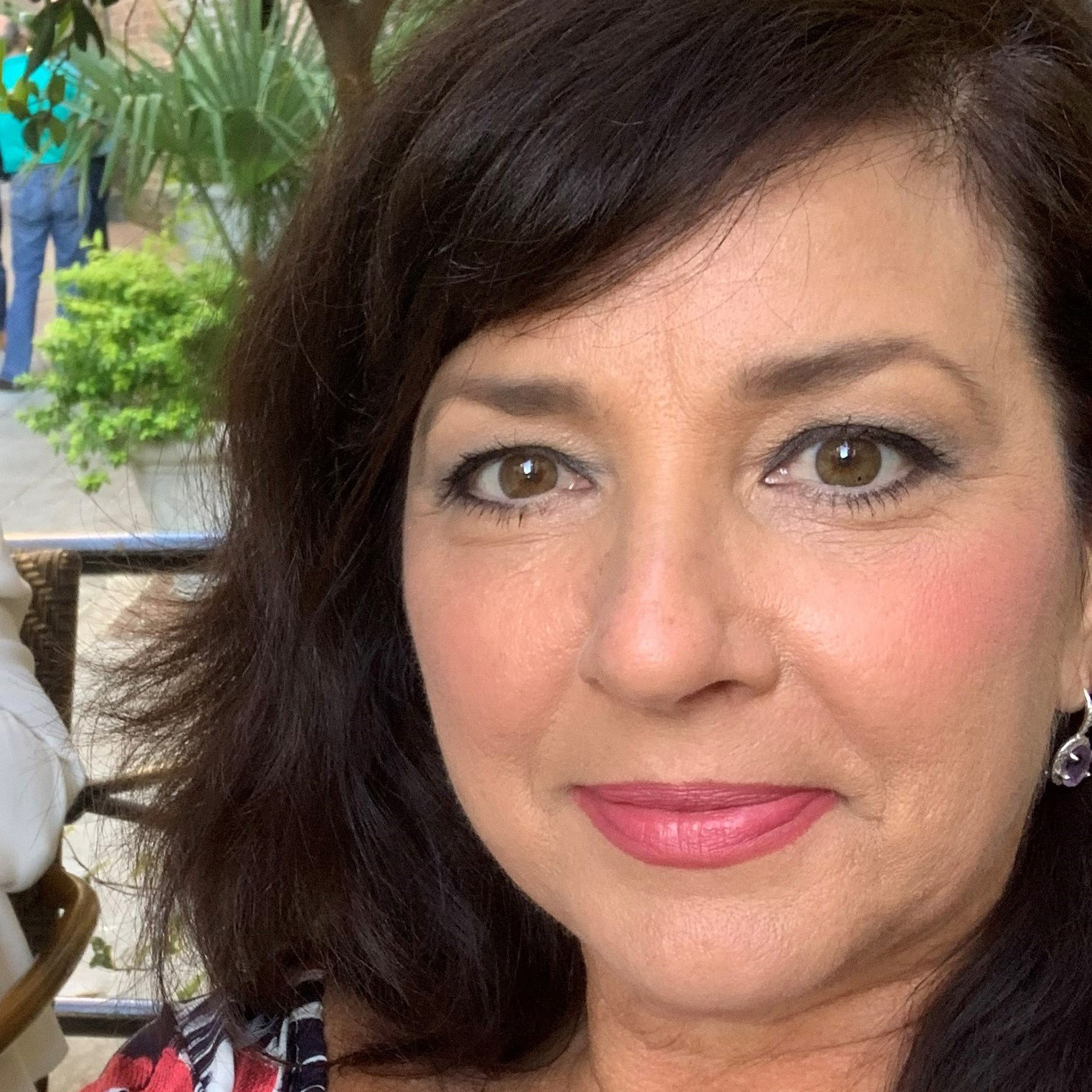How to Make a Donor Profile in 5 Easy Steps

Donor profiles are not reserved only for large nonprofits with thousands of donors and prospects. In five easy steps, even small shops can make a donor profile that provides powerful insights using data from just a few donors.
- Plan how you’ll use the donor profile
- Identify who you will analyze
- Select the type of data you want to collect
- Pinpoint where you’ll get the data
- Look for and use patterns in the data
What Is a Donor Profile?
A donor profile is a description of the type of person most likely to donate to your nonprofit. It is based on data about the individual, such as their donation history, demographics, and engagement with your organization. A donor profile is typically noted in your CRM and helps your fundraising team track important information about each donor.
A donor profile differs from a donor persona in that assumptions and best guesses are included in the persona, while a donor profile contains just the facts related to individual behavior. A persona is a semi-fictional characterization of an idealized donor type. A persona is based on broad attributes or motivations, for instance, The Doubler, a donor who multiplies their philanthropy through matching gifts.
- Donor profile = true record of donor interactions and activities (facts)
- Donor persona = fictional representation of a donor segment (facts + informed conjecture)
There can be several types of donor profiles, depending on the needs of your nonprofit, just as there can be multiple personas. Both provide snapshot descriptions that give your team a way of speaking about and engaging donors and prospects.
How Is a Donor Profile Used?
There are two main ways to use a donor profile: identify new donors or classify current donors.
1. Identify new donors.
Donor acquisition can be one of the hardest activities for development departments. This is also where we tend to spend the most money, and a lot of time. When finding individuals to solicit, many nonprofits do not have a data-driven strategy. Instead, they collect information based on the prospect’s donation to a similar organization, the prospect having a relationship with someone on the board of directors, or maybe the prospect is simply known to have a large philanthropic capacity.
A donor profile helps you find new donors with proven data, which saves you money and time, by making sure you’re sending the right people that beautiful, expensive mailer you spent so much time on.
2. Classify current donors.
Your current donor pool may very well contain hidden potential major donors, planned giving candidates, recurring donors, etc. Plenty of nonprofits classify their donors based on one or just a few criteria, potentially missing these hidden gems. Just because someone has made only $100 gifts in the past doesn’t mean they couldn’t be your next major donor. Major donors often start with a smaller initial gift to evaluate how effectively your organization manages their contributions, respects their intentions, and demonstrates responsible stewardship before committing to their full giving potential. A donor profile makes it easier to appropriately target supporters in your current donor pool.
5 Steps to Make Your Donor Profile
The goal of donor profiles is to understand your donors so you know how to engage them. But first, you need to understand your specific purpose in collecting donor data and how you will use it. Take five easy steps to clarify the process.
1. Plan what you will do with your donor profile.
The first step is to decide why you need a donor profile. Here are some ideas:
- Identify new donors for your direct mail program
- Find new and current donors to give to your capital campaign
- Identify new donors to participate in your crowdfunding campaign
- Classify current donors and identify new major donor prospects
2. Define who will be the subjects of your research.
The easiest subjects to analyze are individuals in your own database. But your list must be scrubbed and updated.
“I can’t tell you how many duplicates I have cleaned up because someone entered a prospect without checking first,” said Amy Barker, database administrator for Pine Street Inn, a Boston nonprofit dedicated to ending homelessness.
If your nonprofit happens to have a very small pool of individuals, you could turn to other organizations for additional subjects. For example, if you are making a Major Donor Profile, but your nonprofit does not currently have any major donors, look at annual reports from similar nonprofits. Many publish their donor list in an annual report, with particular gift amounts.
3. Identify what data you need.
You are going to want to collect as much data as possible, even if that data might not seem relevant. The reason for this is that you never know what patterns you may find. For example: Looking up donor gender may not seem particularly relevant to certain a nonprofit, but if it turns out that most people donating are women, that cuts your prospecting pool in half!
Here is a list of types of data you might want to collect, but this is by no means an end-all list.
- Biographical: age, gender, marital status, education, employment industry, job title, children, city, state, zip code, political party, nationality, religion, siblings, hobbies, interests, volunteer positions, languages
- Financial: (FYI, this is where a prospect research tool really comes in handy):
- Gifts to your nonprofit: first gift, largest gift, average gift, number of gifts
- Gifts to other nonprofits: largest gift, types of nonprofits they support, number of nonprofits they support
- Political donations: number of political gifts, total amount of political giving
- Other: Estimated income, real estate value, estimated major giving capacity
4. Pinpoint where you will get your data.
The lowest hanging fruit is information from your database. So, start there.
Laura Kramer, development coordinator for CASA of Orange County which provides court-appointed advocates for children in the foster care system, recommends narrowing your search to a specific gift level.
“If your database is large, a good place to start is to look at your donors whose first gift was $100 or more,” Kramer said, specifying that they should only be for non-transactional gifts. “Not from an opportunity drawing or auction purchase.”
Next up would be data from a prospect research tool, but don’t worry if you don’t have access to one of these. At its most basic function, a prospect research tool is going to save you time scouring the internet, but that doesn’t mean you won’t be able to find a lot of this type of information on your own with some basic search engine skills.
The next source of data would come from your research subjects themselves. It’s simple: Just ask your donors. Send out a survey or questionnaire. People love answering questions about themselves, so you could even use a survey as an engagement tool!
5. Define what you will do with your data.
If your staff does not include a statistician, you will need to do some basic math yourself, then analyze what you find by looking for patterns:
- Is there anything that jumps out at you right away?
- What do all the people on your list have in common?
- What don’t they have in common?
Now, do a little more analysis for subtle patterns. Make your data easy to sort and categorize, such as turning numbers into ranges and assigning categories to employment information (like healthcare, education, sales, etc.)
After finding patterns and similarities, you will have created your donor profile!
A Donor Profile Example
Quick case study: A healthcare nonprofit was looking to create a Major Donor Profile to identify annual donors as major donor prospects. Looking at their data, they found a majority of their current major donors share common traits:
- They are married.
- They are women.
- They are lawyers who regularly make political donations and gifts of $20k+ to higher education institutions.
Now, when purchasing data lists from other healthcare organizations, this organization only buys lists of women with political donation histories.
